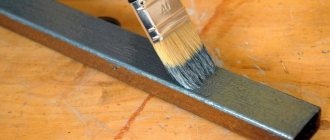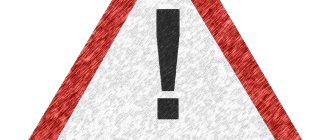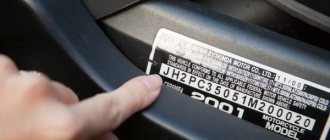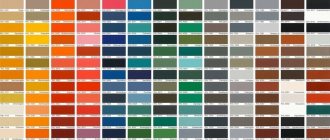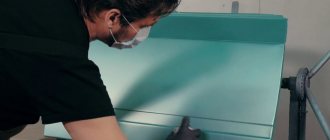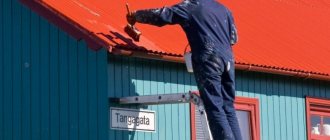When buying a used car, it is important to know whether it has been in an accident before. Often sellers, especially resellers, in order to get maximum profit, try to hide the fact of an accident with the help of cosmetic repairs. At first glance, the vehicle looks like new, but serious damage may be hidden behind its presentable appearance. In many cases, in order to reveal the deception, it is enough to check the machine with a thickness gauge.
What indicates interference
After restoration of the body, a damaged car can look like new.
But checking with a magnet or measuring device should easily reveal traces of tampering. Signs of body repair and repainting:
- the difference in the thickness of paintwork on cars from the table of standard values is 50-150 microns;
- differences in coating height on one part are more than 40 micrometers;
- local differences in color shade on the body surface;
- painted fasteners;
- dust and small inclusions in the varnish layer.
When measuring, it is necessary to take into account the range of deviations in the table for a specific model.
Stages of body painting in a workshop
Complete body painting in a workshop requires a lot of time and money. It is necessary in case of severe damage to the paintwork or when the color changes. It is much more common to carry out local painting of any damaged elements.
Body painting in a workshop
- The first stage involves surface preparation. All unnecessary parts are removed from the body (handles, linings, decorative panels, etc.). Damaged areas are pulled out, the surface is cleaned and degreased.
- The next stage is called preparation. Traces of corrosion are removed from the surface, treated with zinc phosphate or passive soils. The surface is sanded, primer and putty are applied to the damaged areas. It is the preparatory stage that takes the most time and effort.
- At the last stage, the paint coating is applied using a spray gun. The master applies the paint in several layers, allowing it to dry. Then the surface is varnished and polished. The varnish protects the paint from moisture, ultraviolet radiation and minor scratches.
What the thickness gauge will show
Using a thickness gauge is simple: take a calibrated device and apply it to the car body at a right angle. It will immediately show the coating thickness in micrometers. One micrometer is one thousandth of a millimeter.

